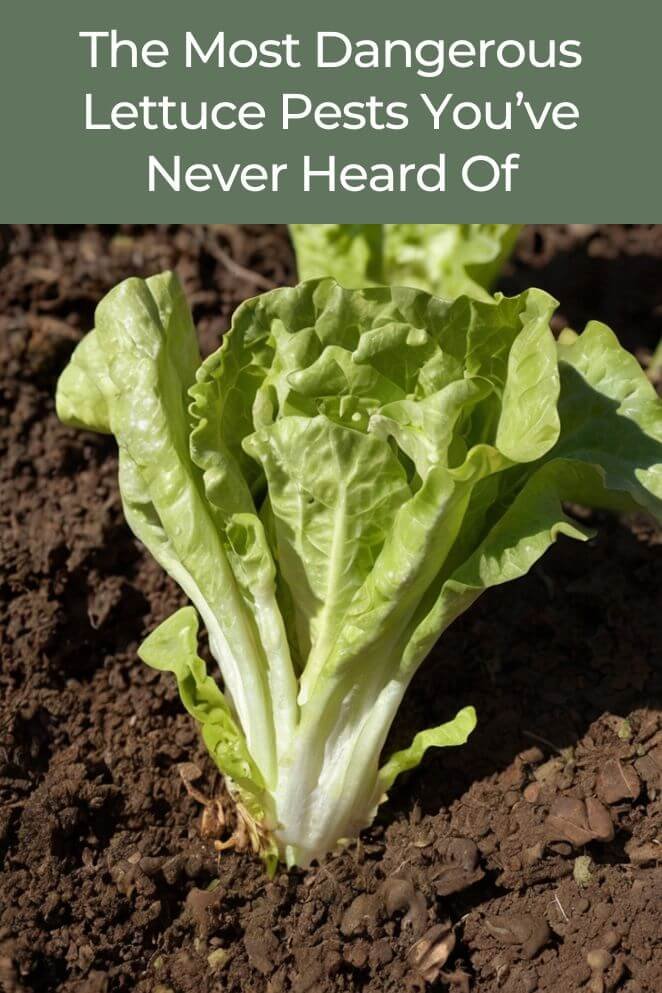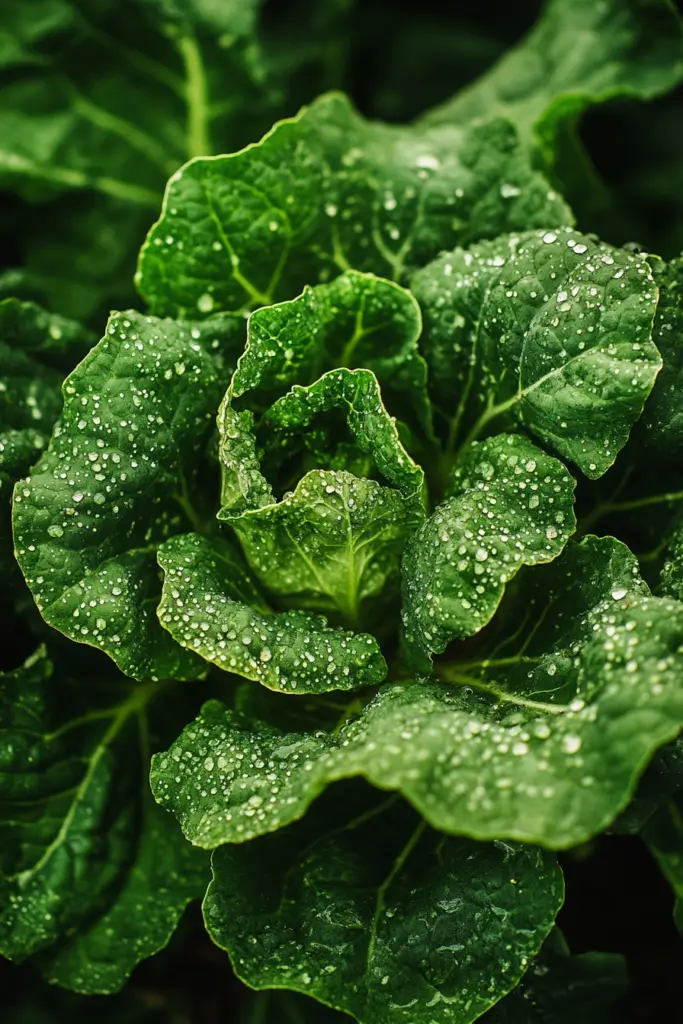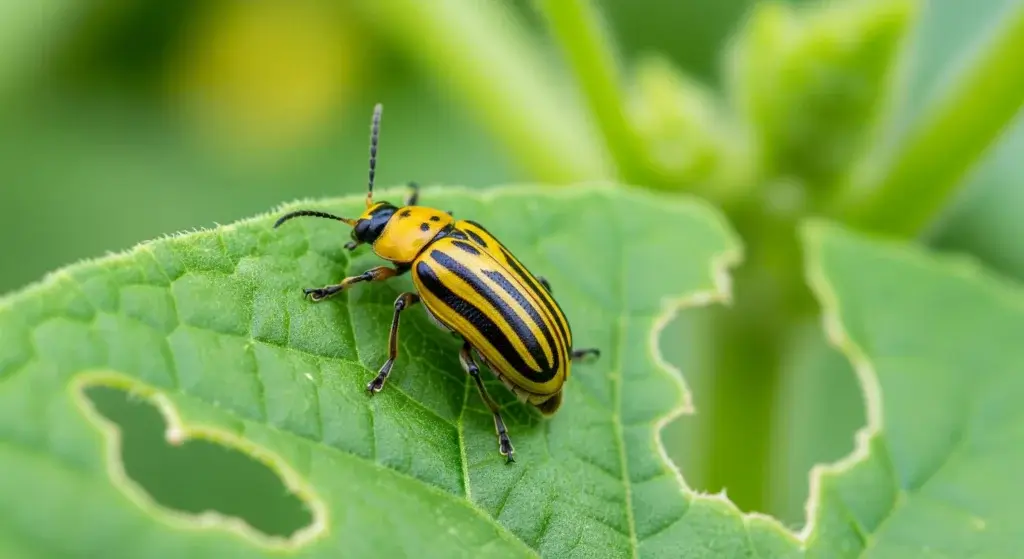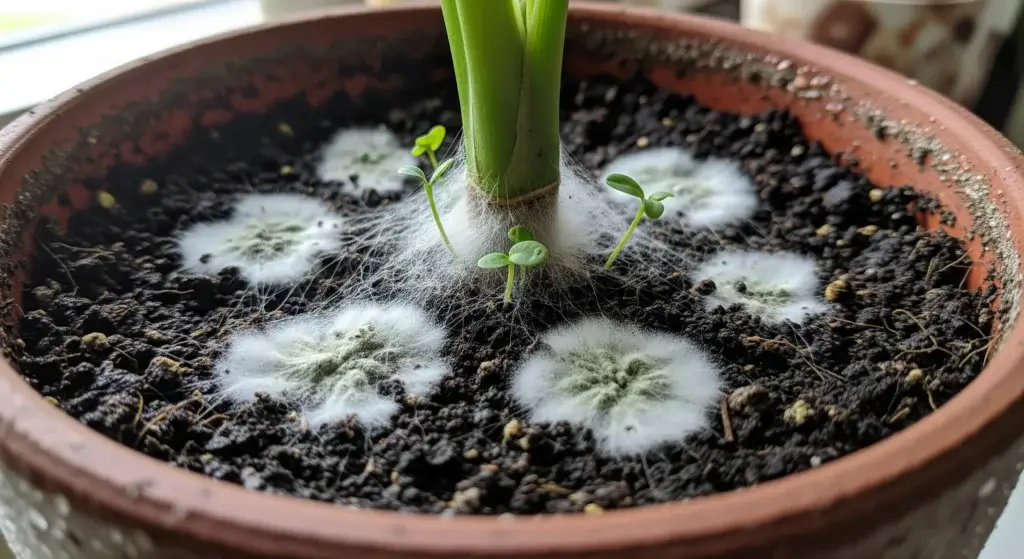
Lettuce is a staple in many gardens and on countless dinner tables, yet it faces a constant barrage from a host of tiny, often overlooked pests.
While we might be familiar with common nuisances like slugs or snails, there are several hidden lettuce destroyers that can cause devastating damage if left unchecked.
In fact, studies have shown that pest infestations can reduce lettuce yields by up to 40% when not properly managed.
In this post, we’ll take a closer look at these dangerous pests, learn how to spot them early, and explore natural and effective ways to control their impact on your garden.
The Hidden Lettuce Destroyers
Aphids
Aphids are perhaps the most notorious of all garden pests, but there’s more to them than just their green appearance.
These tiny insects feed on plant sap, weakening lettuce plants and transmitting viruses.
According to a study in the Journal of Economic Entomology, uncontrolled aphid infestations can slash yields by nearly 40% (Smith et al., 2018).
Their rapid reproduction rates mean that even a small colony can quickly turn into a full-blown infestation if not managed promptly.
Leafminers
Leafminers are small larvae that tunnel between the layers of lettuce leaves, creating unsightly blotches and reducing the plant’s ability to photosynthesize efficiently.
Research published in the Journal of Applied Entomology indicates that severe leafminer infestations can result in yield losses of up to 20%.
Their damage is often mistaken for natural leaf discoloration, making early detection essential.
Cutworms
Cutworms are nocturnal pests that stealthily chew through seedlings and young lettuce plants, often causing irreparable damage overnight.
A report in the Journal of Integrated Pest Management highlighted that cutworm outbreaks, if left unchecked, can decimate entire fields, especially during the early stages of plant growth (Brown et al., 2019).
Their ability to hide in the soil during the day makes them particularly challenging to control.
Wireworms
Wireworms are the larval stage of click beetles and are notorious for their destructive feeding habits underground.
They gnaw on the roots and bulbs of lettuce, reducing the plant’s nutrient uptake and overall vigor.
Studies suggest that wireworm infestations can reduce yields by 15-25%.
Because they live in the soil, these pests are often hard to spot until significant damage has been done.
Thrips
Thrips are tiny, slender insects that feed by puncturing plant cells and sucking out the contents, which causes silvering and stunted growth in lettuce leaves.
Research shows that thrips infestations can lead to a reduction in marketable yield by up to 30%.
Their small size and rapid life cycle mean they can multiply quickly under favorable conditions.

How to Spot These Pests
Regular inspections
One of the best ways to prevent extensive damage is through regular inspections of your lettuce crop.
Set aside time every week to check your plants, especially the undersides of leaves where pests tend to hide.
Early detection can save you from significant yield losses and reduce the need for harsh chemical interventions.
Recognizing damage
Learning to recognize the signs of pest damage is crucial.
Look for small holes in leaves, discolored patches, and unusual patterns of wilting.
For example, the tunneling caused by leafminers or the silvery streaks left by thrips are clear indicators that pests are at work.
Keep a record of any unusual findings to track the severity and spread of infestations.
Using traps and sticky cards
Sticky traps and pheromone traps are effective tools in your pest-detection arsenal.
These inexpensive devices can capture flying insects like aphids and thrips, providing a visual cue to their presence.
Place traps near your lettuce beds and monitor them regularly to gauge pest activity.
Simple Solutions for Pest Control
Natural remedies
When it comes to controlling lettuce pests, nature often provides the best solutions.
Homemade insecticidal soaps made from diluted dish soap and water can help reduce aphid populations without harming your plants.
Neem oil, a natural pesticide derived from the neem tree, is also effective against a range of pests, including aphids, thrips, and leafminers.
Research in the Journal of Agricultural and Food Chemistry supports neem oil’s efficacy, citing significant reductions in pest populations with regular applications.
Beneficial insects
Introducing beneficial insects to your garden can create a natural balance and keep pest populations in check.
Ladybugs, lacewings, and parasitic wasps are natural predators of aphids and thrips.
By encouraging these allies in your garden, you can reduce the need for chemical interventions and foster a more sustainable ecosystem.
Crop rotation
Crop rotation is a time-tested agricultural practice that can help prevent the buildup of pests in your soil.
By alternating your lettuce with other crops that pests are less attracted to, you can break the life cycle of many destructive insects.
This practice not only helps manage pest populations but also improves soil health over time.
Healthy soil
Maintaining healthy soil is another key component in preventing pest infestations.
Organic matter, proper pH balance, and good drainage all contribute to robust plant health, making your lettuce less susceptible to pests.
Regularly amend your soil with compost and consider cover crops to enhance soil fertility and structure.

Prevention is Key
Ensuring your lettuce thrives involves proactive measures to prevent pest infestations.
Here’s how you can safeguard your garden:
Start with healthy seedlings
Choosing robust, disease-free seedlings is foundational for a healthy garden.
Healthy plants are naturally more resistant to pests and diseases. To ensure you’re starting on the right foot:
- Source reputable suppliers: Purchase seedlings from trusted nurseries or suppliers known for quality.
- Inspect before planting: Examine seedlings for any signs of disease or pest damage before introducing them to your garden.
Starting your own seedlings can also be beneficial, offering control over plant health and variety selection.
Keep the garden clean
Maintaining a tidy garden environment reduces the likelihood of pest infestations.
Key practices include:
- Remove debris: Regularly clear away fallen leaves, plant remnants, and other debris that can harbor pests.
- Weed control: Eliminate weeds promptly, as they can serve as hosts for insects and diseases.
A clean garden not only deters pests but also facilitates early detection of potential issues.
Use row covers
Implementing row covers is an effective strategy to shield your lettuce from various pests.
Here’s how they work:
- Physical barrier: Row covers act as a protective layer, preventing insects like aphids and thrips from reaching your plants.
- Material choice: Opt for lightweight fabrics that allow sunlight, air, and moisture to penetrate while keeping pests out.
- Installation tips: Drape the covers over your lettuce beds and secure the edges with soil, rocks, or pins to ensure no gaps.
Using row covers can also help maintain cleanliness and protect plants from environmental factors.

Final Thoughts
Lettuce is a delicate crop that requires vigilant care, especially when it comes to pest management.
By understanding the hidden dangers posed by pests like aphids, leafminers, cutworms, wireworms, and thrips, you can take proactive steps to protect your garden.
Regular inspections, early detection, and natural, sustainable pest control methods are your best allies in ensuring a healthy, bountiful lettuce crop.
Remember, prevention is always more effective than a cure—start with healthy seedlings, maintain clean garden practices, and use row covers to keep unwanted visitors at bay.



